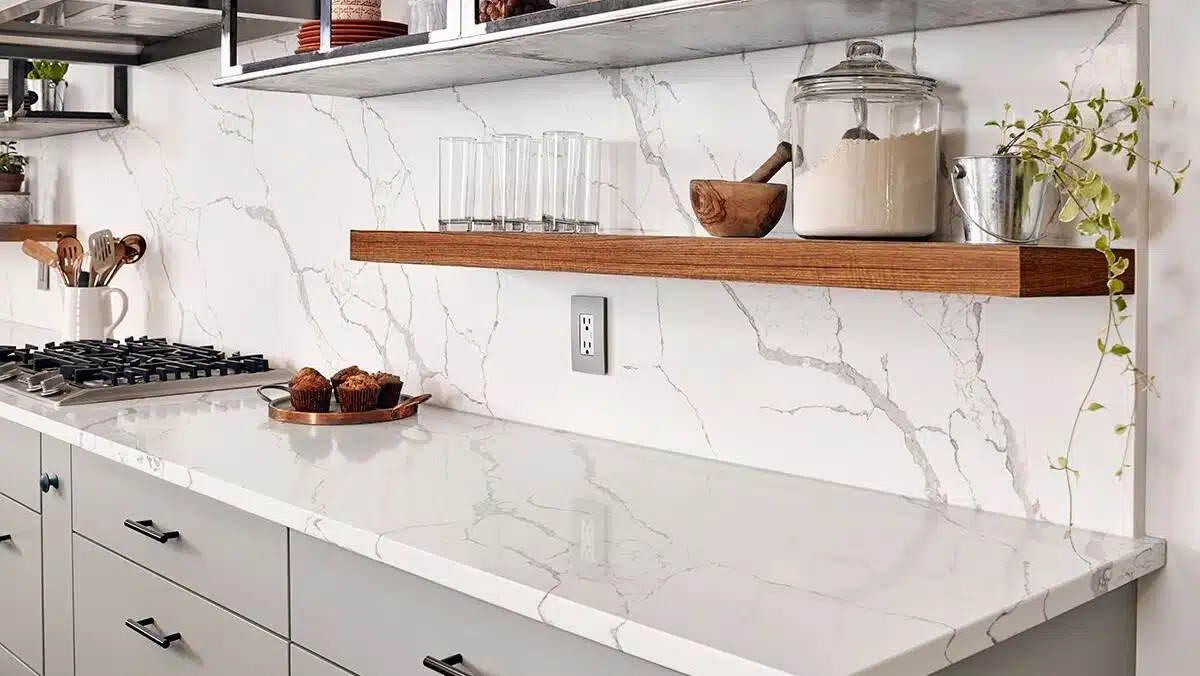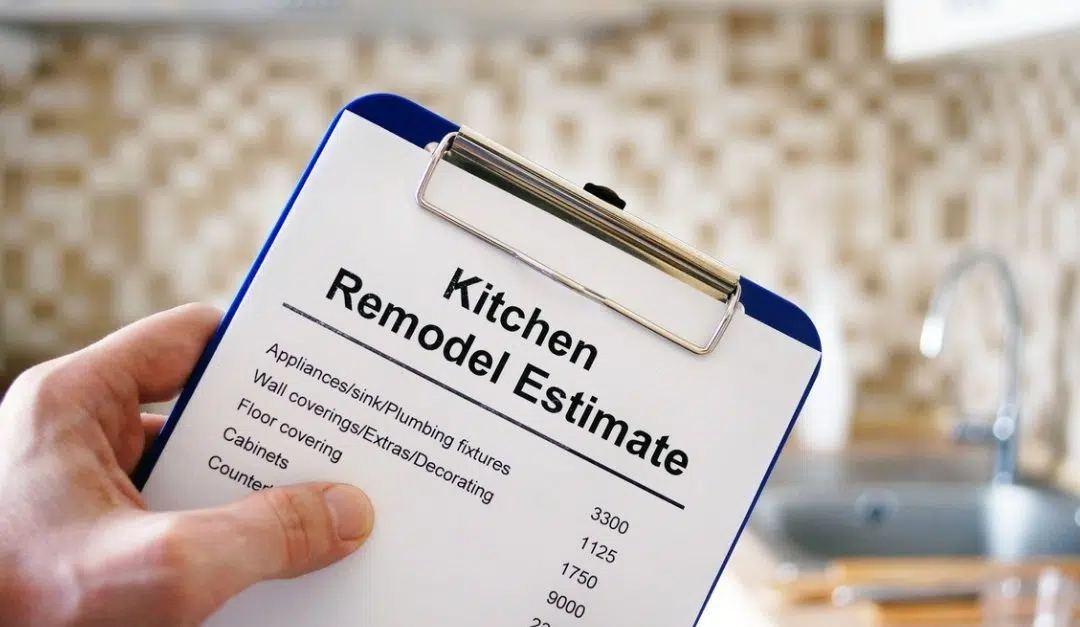Kitchens in Barrie, Price & Budgeting
How to Avoid Going Over Budget on Your Barrie Kitchen Renovation
Because Surprises Shouldn’t Drain Your Savings
You started with a clear number. You made a spreadsheet.
And somehow… you’re now $12,000 over budget and wondering if you really needed a touchless faucet and heated floors.
Sound familiar?
In Barrie—where material costs, permits, and project timelines fluctuate—a kitchen renovation can easily go over budget. But the good news is: it doesn’t have to.
With the right strategies, decisions, and expectations, you can keep your project financially on track from demo to final wipe-down.
1. Build in a Realistic Contingency
Let’s get this one out of the way: things will change. Things will cost more.
That’s not bad luck—it’s standard.
Add:
- 10% contingency for cosmetic-only renos
- 15–20% for full-scale rebuilds or older homes
Pro Tip: Treat your contingency like a non-negotiable line item—not optional padding.
2. Finalize All Design Decisions Before Demo
Want to avoid stress, delays, and budget bloat? Lock in every major selection before construction starts.
That includes:
- Cabinets, counters, appliances
- Lighting, backsplash, flooring
- Hardware, paint colors, fixtures
Changing finishes mid-project often leads to:
- Delivery delays
- Labor rework fees
- Extra material waste
- Missed contractor windows
“Indecision is the most expensive item in your renovation.”
3. Get Detailed, Line-by-Line Quotes
A quote that says “Kitchen Reno – $35,000” is a recipe for budget disaster.
Ask for breakdowns by:
- Labor
- Materials
- Demolition/disposal
- Electrical and plumbing
- Installation
- Cleanup
This helps you:
- Spot hidden costs
- Compare contractors accurately
Understand where your money’s really going
4. Track Your Spending in Real Time
Use a spreadsheet, Notion, or an app like YNAB to log:
- Quotes received
- Deposits made
- Final amounts paid
- Invoices and receipts
Update weekly. Don’t wait until the end to tally everything—that’s when you realize you’ve overspent.
5. Identify “Nice to Haves” vs. “Must Haves” Early
Create two lists:
- Musts: Durable counters, storage upgrades, energy-efficient lighting
- Maybes: Designer backsplash, smart oven, wine fridge, pot filler
When costs creep up, cut from the “maybes” without losing core value.
This keeps your renovation anchored to priorities—not Pinterest.
6. Avoid Scope Creep (“Since We’re Already…”)
The biggest budget killer? Mid-project add-ons like:
- “Let’s just replace the floor in the hallway too”
- “Might as well upgrade all the appliances now”
- “What if we extend the island… again?”
These decisions feel small. They rarely are.
To stay on budget:
- Be strict about change requests
Ask: Does this upgrade bring long-term function or just momentary excitement?
7. Choose Quality Where It Matters—Not Everywhere
Don’t try to make every material, fixture, or finish the star of the show. Instead:
- Invest in durability and daily-use items: drawers, countertops, lighting
- Save on trendy or secondary details: backsplash, decor, open shelves
- Mix high-low intentionally for a curated look and cost efficiency
Design balance = budget balance.
8. Avoid “Free” Budget Traps
Watch for marketing language like:
- “Free design service” → Often tied to inflated cabinet prices
- “0% interest for 12 months” → After which rates spike to 28%+
- “Custom for the price of stock” → Usually too good to be true
If something seems suspiciously cheap, there’s usually a hidden cost somewhere else.
Final Thoughts: Be the Boss of Your Budget
A kitchen renovation is exciting—but it’s also a business decision.
And just like in business, discipline, clarity, and consistency are what keep things profitable (and livable).
In Barrie’s renovation market, the most successful projects aren’t always the most expensive—they’re the ones with the clearest boundaries and smartest planning.
So protect your wallet—and your peace of mind—by budgeting like a pro from day one.





